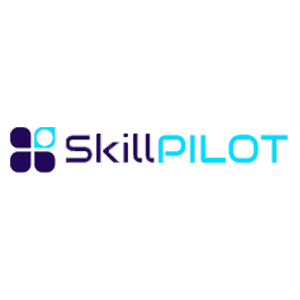Using A Learning Management System For Compliance Training: 5 Reasons Why
A Learning Management System (LMS) is central to a seamless eLearning experience, and the success of any eLearning program largely depends on the performance of LMS they are hosted on. Not only does it help in imparting education in a smooth manner, but it also has an important role to play in compliance training. An LMS helps save digital publishers and educators valuable resources and money. Using an LMS software for compliance training also offers several benefits over face-to-face training, such as, the availability of the content that’s easy to deliver; personalized training; tracking and reporting features; effective learner evaluation; and cost savings.
There are a number of advantages associated with using an LMS for compliance training in an eLearning setting, such as the following 5:
1. Ease Of Use
Compliance training deals with several laws and regulations that are constantly evolving with time. Organizations need to keep abreast of such changes, update curricula timely, and accordingly train educators. An LMS helps in assuring content delivery at the right time by storing all the content in a central repository that’s available anywhere and at any time. This is the most important feature that an LMS offers—an intuitive and reliable platform for learners to access the course content whenever they want. This helps in facilitating easy and rapid updates to the existing content. Educators can then channelize their efforts into performing more important tasks while boosting productivity. Moreover, since tracking compliance training is equally important, your LMS should be fully SCORM and Tin Can compliant.
2. Personalization
A Learning Management System can be used for tailoring content to suit learners, resulting in saving time for publishers. They can create customized dashboards so that the students come across only the relevant course content. A good LMS allows administrators to easily assess learning levels and encourage self-paced learning and retention since the information is acquired at the learner’s pace and convenience. Furthermore, individualized certificates of completion can be created and saved within the customized software system to document learner competency.
3. Easy Reporting
Administrators must track compliance training and generate reports on a regular basis. An LMS is useful in generating training reports at the click of a button, hence it’s instrumental in saving time. It enables the user to track changes to the content and generate progress reports whenever needed, therefore tracking the learning curve of each learner. A compliance report differs from other eLearning reports in one important way—it’s usually based on due dates and refresher periods. These reports allow educators to identify learners who are yet to complete an assessment and those who aren’t compliant. By evaluating weekly or monthly progress reports, administrators can assess the training stage of the learners along with how they're performing, and so on. Notifications can also be sent out to remind learners of due dates and completion deadlines; that results in high compliance rates and successful training outcomes.
4. Evaluates Training Status For Learners
Unlike in-person training, administrators don’t have to arrange for learners to be in the same place at the same time. Neither are special sessions required for remote learners or for those who miss out on training. Additionally, when one is conducting a face-to-face training session, the completion of the same is usually achieved through sign-in sheets and papers that need to be maintained and filed. An LMS software bypasses these problems since completion records are stored within the system and are easily accessible. Moreover, reminders can be sent through SMS and emails to non-compliant learners making feedback easy.
5. Ease Of Highlighting Compliance
Irrespective of learner location, it’s mandatory to train them on compliance aspects. A compliance training curriculum’s design is drafted according to the rules of an organization. The organization may need to spend considerable time on tracking the training progress and assessing learner training at different locations. A centralized LMS tracks training programs and progress of a dispersed learner base saving a lot of time and effort. Hence, it’s easy to highlight compliance gaps, which can then be escalated to the authorities for corrective measures to be taken in time to ensure compliance.
Compliance training via an LMS can be designed and scheduled around an individual’s convenience. With a typical face-to-face training environment, learners may miss the critical material if they are unable to attend the sessions. With an LMS, this is no longer a problem area. Moreover, the material can be reused and retaught at any time.









